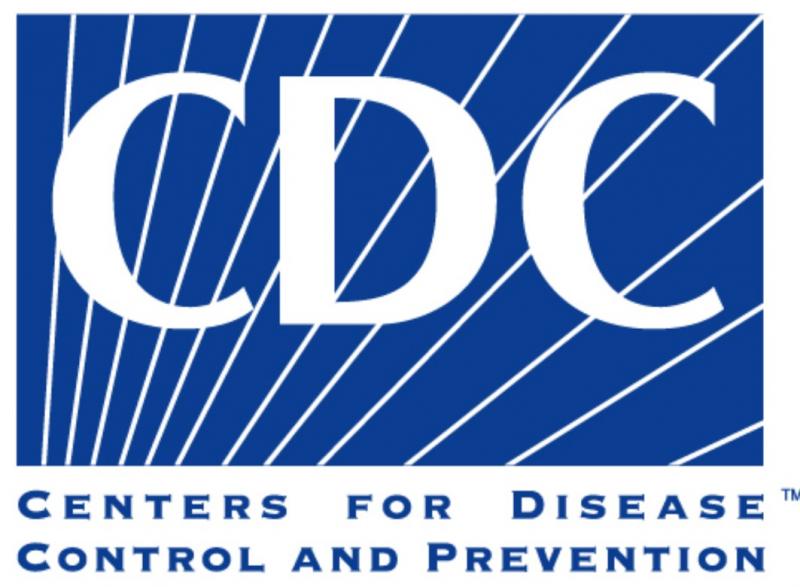You are here
CLICK HERE - Columbia - INSTITUTO NACIONAL DE SALUD - Zika
nytimes.com - by Donald G. McNeil, Jr. - December 10, 2016
Colombia, which suffered a Zika epidemic that peaked in February, has reported four times as many cases of babies born with microcephaly this year as it did in 2015, providing more proof that the Zika virus causes brain damage in infants.
Because births of microcephalic infants peaked five months after the epidemic did, at about nine times the numbers of the previous July, scientists feel sure that the greatest risk is to babies whose mothers were infected during their first trimesters or early in their second.
The numbers were reported in a study released Friday by the Centers for Disease Control and Prevention and conducted jointly by scientists from the C.D.C. and Colombia’s national health institute.
(CLICK HERE - READ COMPLETE ARTICLE)




Comments
Microcephaly Risk - Highest Among Pregnant Women Infected Early
cdc.gov - December 9, 2016
Colombia has experienced a 4-fold increase overall in microcephaly following the Zika virus outbreak in 2016, according to a study published today in the CDC’s Morbidity and Mortality Weekly Report. This preliminary report on Zika virus disease and microcephaly in Colombia demonstrates that an increase in microcephaly is not specific to Brazil. This finding confirms that countries with Zika virus outbreaks are likely to experience large increases in microcephaly and other Zika-related birth defects. The report also suggests that Zika virus infection in the first months of pregnancy poses the greatest risk of microcephaly.
CLICK HERE - CDC - PRESS RELEASE - Evidence that Microcephaly Risk is Highest among Pregnant Women Infected Early in Pregnancy